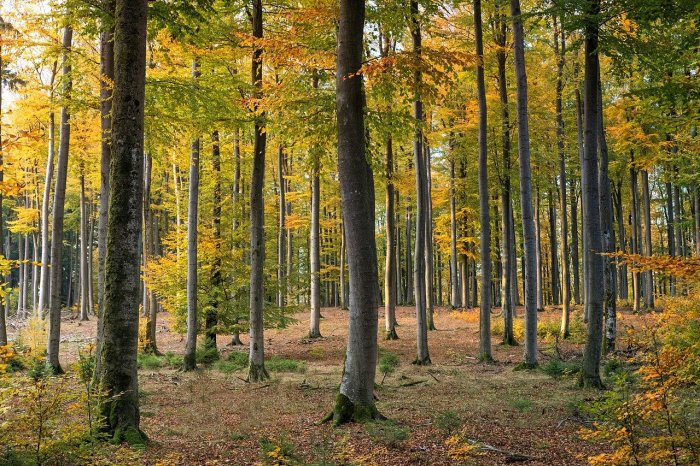What biome does this climatograph represent? This question lies at the heart of understanding the intricate relationship between climate and terrestrial ecosystems. Climatographs, graphical representations of climate data, provide valuable insights into the prevailing conditions of a particular region, enabling us to identify the biome it supports.
This comprehensive guide delves into the fundamentals of climatology, biome classification, and climatograph analysis. We will explore the key features of climatographs that distinguish different biomes and delve into case studies showcasing their practical applications.
Climatology Basics

Climatology is the scientific study of climate, the average weather conditions over a long period of time. It helps us understand the patterns and changes in climate over time and their impact on the environment and human societies. Climatographs are graphical representations of climate data, typically showing temperature and precipitation patterns over a year.
They provide a concise and visual summary of a region’s climate, allowing for easy comparison and analysis. Different types of climatographs include:
- Bar climatographs: Display monthly average temperature and precipitation as bars.
- Line climatographs: Show temperature and precipitation as lines, providing a more continuous view of seasonal changes.
- Double-line climatographs: Combine temperature and precipitation data into a single graph, making it easy to compare their relationship.
Biome Classification

Biomes are large-scale ecosystems characterized by distinct plant and animal communities adapted to specific climate conditions. They play a crucial role in regulating Earth’s climate and supporting biodiversity. Major biomes of the world include:
- Tropical rainforest: Warm, humid climates with abundant rainfall and high biodiversity.
- Temperate rainforest: Moderate climates with ample precipitation, supporting lush forests.
- Temperate grassland: Temperate climates with moderate precipitation, characterized by open grasslands.
- Boreal forest: Cold climates with long winters and short summers, dominated by coniferous trees.
- Tundra: Cold, dry climates with permafrost, supporting low-growing vegetation.
- Desert: Hot, arid climates with sparse vegetation and limited precipitation.
Factors determining biome distribution include temperature, precipitation, soil conditions, and elevation.
Climatograph Analysis

Analyzing climatographs involves examining key features such as:
- Temperature: Average monthly temperatures, annual temperature range, and extreme temperatures.
- Precipitation: Average monthly precipitation, annual precipitation total, and precipitation patterns (e.g., seasonal distribution).
- Seasonality: Patterns of temperature and precipitation variation throughout the year.
Limitations of climatograph data include:
- Limited time frame: Climatographs typically represent a specific period, which may not fully capture long-term climate trends.
- Spatial resolution: Climatographs provide data for a single location, which may not represent the entire region.
- Potential biases: Climatograph data may be influenced by factors such as instrument accuracy and data collection methods.
- Tropical rainforest: High temperatures and abundant rainfall throughout the year.
- Temperate rainforest: Moderate temperatures and evenly distributed precipitation.
- Temperate grassland: Moderate temperatures and seasonal precipitation, with distinct wet and dry seasons.
- Boreal forest: Cold temperatures and high precipitation, with a short growing season.
- Tundra: Cold temperatures and low precipitation, with permafrost.
- Desert: High temperatures and low precipitation, with extreme aridity.
Biome Identification

Climatographs can be used to identify biomes based on their characteristic temperature and precipitation patterns. Specific features indicative of different biomes include:
Q&A: What Biome Does This Climatograph Represent
What is the significance of climatographs?
Climatographs provide a concise visual representation of climate data, allowing for easy comparison and identification of patterns and trends.
How do I determine the biome represented by a climatograph?
Analyze the temperature and precipitation patterns, paying attention to seasonal variations. Refer to established biome classification systems to match the characteristics.
What are the limitations of using climatographs for biome identification?
Climatographs provide a general overview of climate conditions but may not capture local variations or extreme events. Additional data sources and field observations are often necessary for accurate identification.